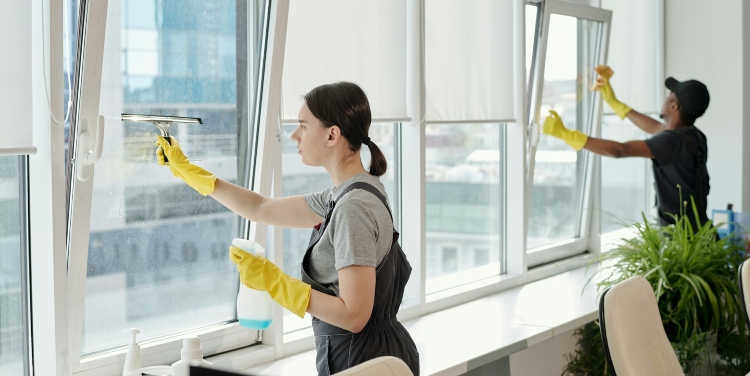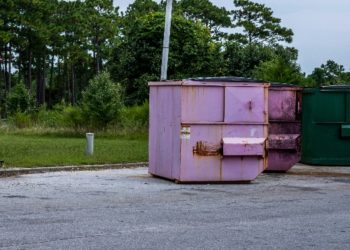When an unexpected incident disrupts your property, the pressure to act quickly is overwhelming. Whether it’s a flood, fire damage, or a biohazard spill, the last thing you want is confusion about what happens next.
An emergency cleaning response is designed to take control of the situation, restore safety, and give you peace of mind. Keep reading to understand how the process works and why it’s vital.
Immediate Response And Arrival
The first thing you can expect is speed. Emergency cleaning teams operate on a 24/7 basis and aim to arrive within the hour. They know that water, smoke, or hazardous materials can cause more damage if left untreated, so rapid arrival is part of the service.
Once on site, technicians assess the situation and make the area safe for you and anyone else present. This stage often includes containing hazards to prevent them from spreading.
For instance, in a flood situation, the team may isolate water sources, while in a trauma case, the priority is to ensure safe access. Companies such as ICE Cleaning have trained staff who can adapt their approach to many different scenarios, which is why they’re trusted across the UK for urgent cases.
On-Site Assessment And Safety Checks
Once the immediate risks are controlled, the next step is a detailed survey. This assessment identifies the scale of the damage, the type of contamination, and the safest way to carry out cleaning.
Health and safety qualifications are essential in this line of work, so you’ll see technicians in full protective clothing, using equipment suited to the environment. Safety checks don’t just protect the cleaning team, but also protect you. By ensuring the right procedures are followed, professionals reduce the chance of further property damage or health risks.
Transparent Communication With You
During an emergency, it’s easy to feel overwhelmed, which is why clear updates matter. The team will explain what they’ve found, outline the actions they’ll take, and give you realistic timescales. If a survey is needed before a full clean, they’ll make that clear and arrange it quickly.
This stage is often when payment and paperwork are discussed, although many companies offer free quotes and site surveys to avoid delays. It’s also when you’ll receive advice on whether you need to vacate the area during treatment.
Specialist Cleaning Methods
Once the plan is confirmed, the cleaning process begins. The methods depend on the type of incident. Flood restoration may involve water extraction and drying, while fire damage cleaning could include removing soot and odour.
Biohazard situations often require disinfectants and specialist waste disposal. Every case is unique, but the principle is the same: restore hygiene and safety as quickly and effectively as possible. Advanced tools, such as air scrubbers or industrial vacuums, are common in these operations to ensure thorough results.
Aftercare And Reporting
When the visible cleaning is complete, you’ll receive a detailed report. This document records what’s been done, highlights any risks that remain, and provides recommendations to prevent issues from returning. It’s also valuable for insurance claims, as it shows the professional steps taken.
Some services include follow-up checks to confirm the area remains safe and clean. Aftercare is part of giving you confidence that the problem has been fully resolved, not just covered up.
Why Preparation Makes A Difference
Although emergencies are unpredictable, knowing what to expect reduces stress. By understanding that experts will arrive quickly, carry out a safety-led assessment, and follow strict procedures, you’ll feel more in control. Emergency cleaning isn’t just about fixing damage, but about restoring a safe environment so life and business can carry on.
David Prior
David Prior is the editor of Today News, responsible for the overall editorial strategy. He is an NCTJ-qualified journalist with over 20 years’ experience, and is also editor of the award-winning hyperlocal news title Altrincham Today. His LinkedIn profile is here.











































































